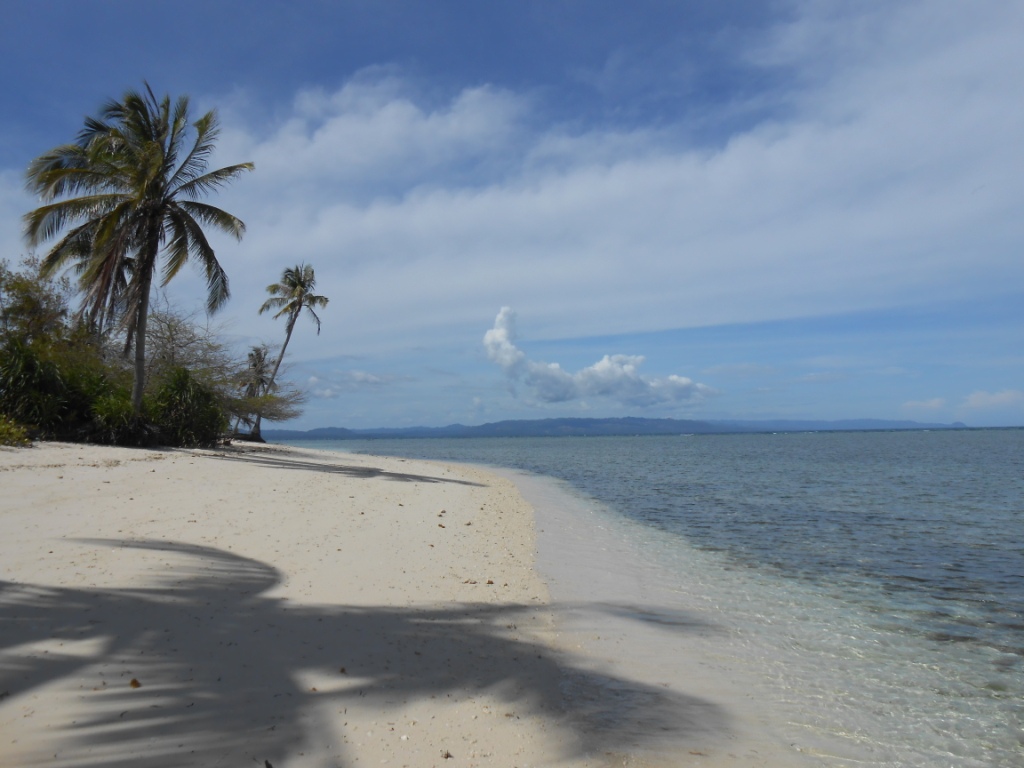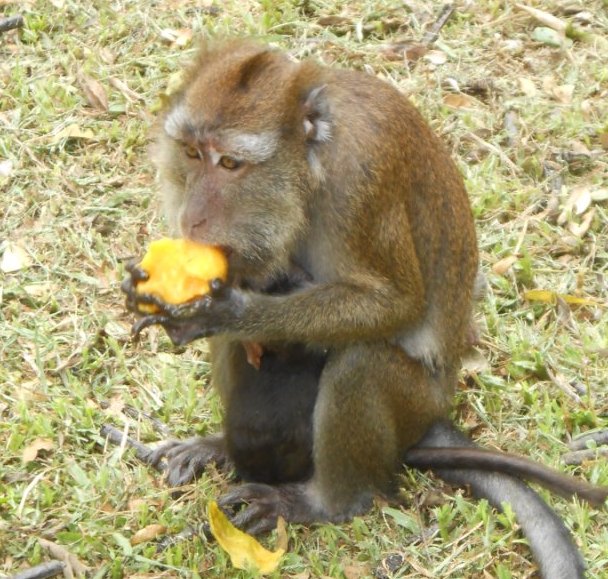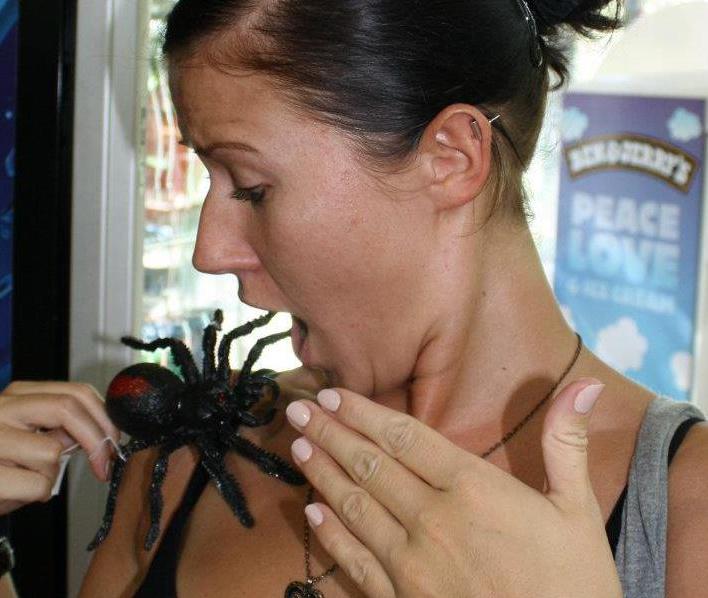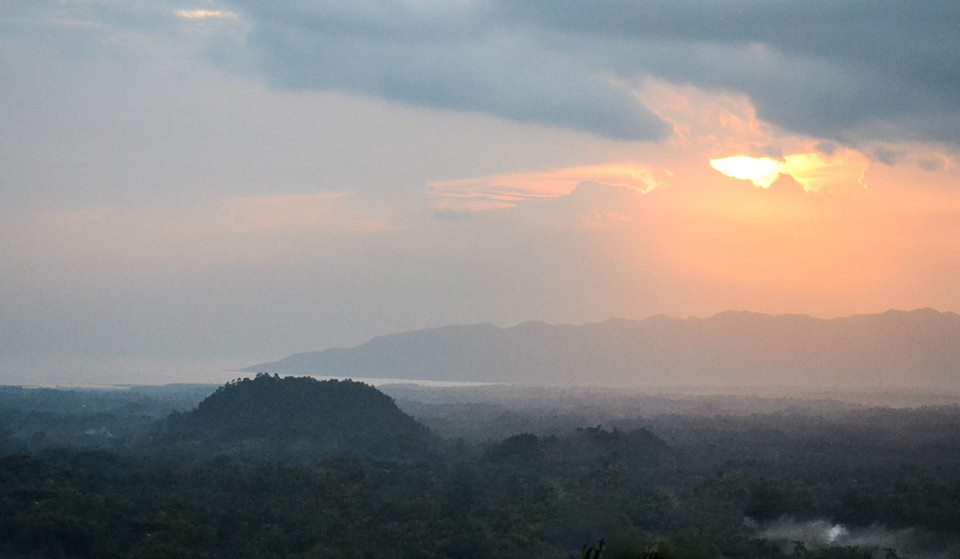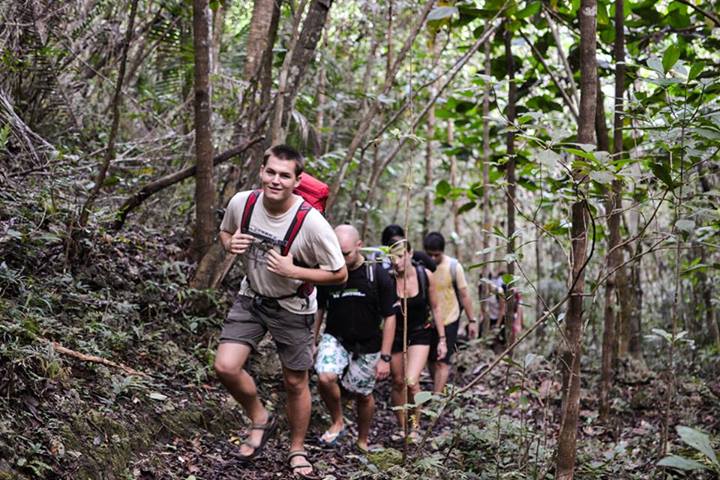by Tom Lumapas
We know that humans usually have a life span that varies depending on the conditions of life. During the Hellenistic period of Ancient Greece, a man reaching the age of 40 would be considered old. Now, it is not surprising to see people aged 70 to 80 years old. Sometimes it is even expected and anything else to be unfortunate.
This got me thinking, how long do Tarsiers live? Considering that they’re wild animals a great many are unfamiliar with, I asked Mr. Carlito Pizarras, the “Tarsier man” for answers on how long these animals live for and what factors affect their life span.
Now Tarsiers, like all living things, have a life span. This life span varies, like us humans, as the conditions of each individual life vary. It is obvious that if we keep animals placed in very small cages where they are unable to move freely to get the proper exercise, most especially if they are wild animals, their life span will be drastically shorter.
In the wild, the Philippine Tarsier can live for as long as 20 to 25 years. Female tarsiers typically live longer than their male counterparts due to their less aggressive nature as compared to their male counterparts. Adult males usually attack other males for territory and marked females, often biting and clawing each other to establish dominance that might result in death. Thus, males often do not last as long as the females. Given that younger, stronger male seeking to usurp territory could very well cause life threatening damage, it is not surprising that males do not reach the maximum expected age that some females might possibly reach.
The Philippine Tarsier has been a recorded life span of 12 years at most in captivity. However, a great many of these Tarsiers die only after a day or at most a few days if kept unhealthily in small cages and/or put under great strain while in captivity. If their places of confinement are not well designed to mimic their ideal habitat, the tarsiers might feel unhealthily, stressed. This does not affect them only in mental terms but also physically as some research has shown that the physical characteristics of Tarsiers kept in captivity mirrors those of much older Tarsiers in the wild.
Ideally, Tarsiers kept in captivity must have an abundance of shrubs, bushes and bamboo, the latter being important as a source of water for Tarsiers. These plants are important to the Tarsier since during periods of rain, the leaves of these plants serve a dual purpose. One of these is to catch the water that Tarsiers use as a source to cool down and to find a refreshing drink while another use for these leaves are a natural roofing from getting directly hit by rain water, which they hate.
In captivity though, they must have a varied diet if they hope to live longer than their projected few days at life. Thus, they require a varied diet of live insects in order to keep them healthy and enough space to chase them around the area. Without such movement and exercise of the hunt, they become lethargic and tired. Like a person who refuses to exercise, the risks of an early death rise dramatically. Considering that for a Tarsier to be healthy it must consume 1/10th of its own body weight, it is not surprising that, given the difficulty in acquiring live insects, captive Tarsiers may be underfed.
Now on the important life moments of the Philippine Tarsier, Sir Carlito Pizarras, explained that the female after mating returns to her own territory and gives birth after six months. She uses another six months to take care of her child. During these six months of growing up, the eyes of the juvenile Philippine Tarsier change from Green/Blue to Brown. The coat also changes from Greyish brown to reddish brown. After six months, the juvenile leaves the mother to find her own territory or fight for one. At reaching one year of age the Philippine Tarsier, if male has visible testicles and gain more male like facial features. However, the male like the female will not reach sexual maturity until around 3 years of age. At which point the Philippine Tarsier is ready to find mates and bear children. The males start to become more aggressive at this age while the females to signal adolescence start to have vaginal swellings with bloody discharge much like menstruation. The age of 5 can be described as the peak age for both genders as they gain their maximum size, growing to four or five inches. They also acquire permanent dentition around this time.
The Philippine Tarsier may have a short life by human standards, however the moments that it lives can, in some way, be found very relatable to us. Thus, we should try not to make their lives any shorter than they already are.
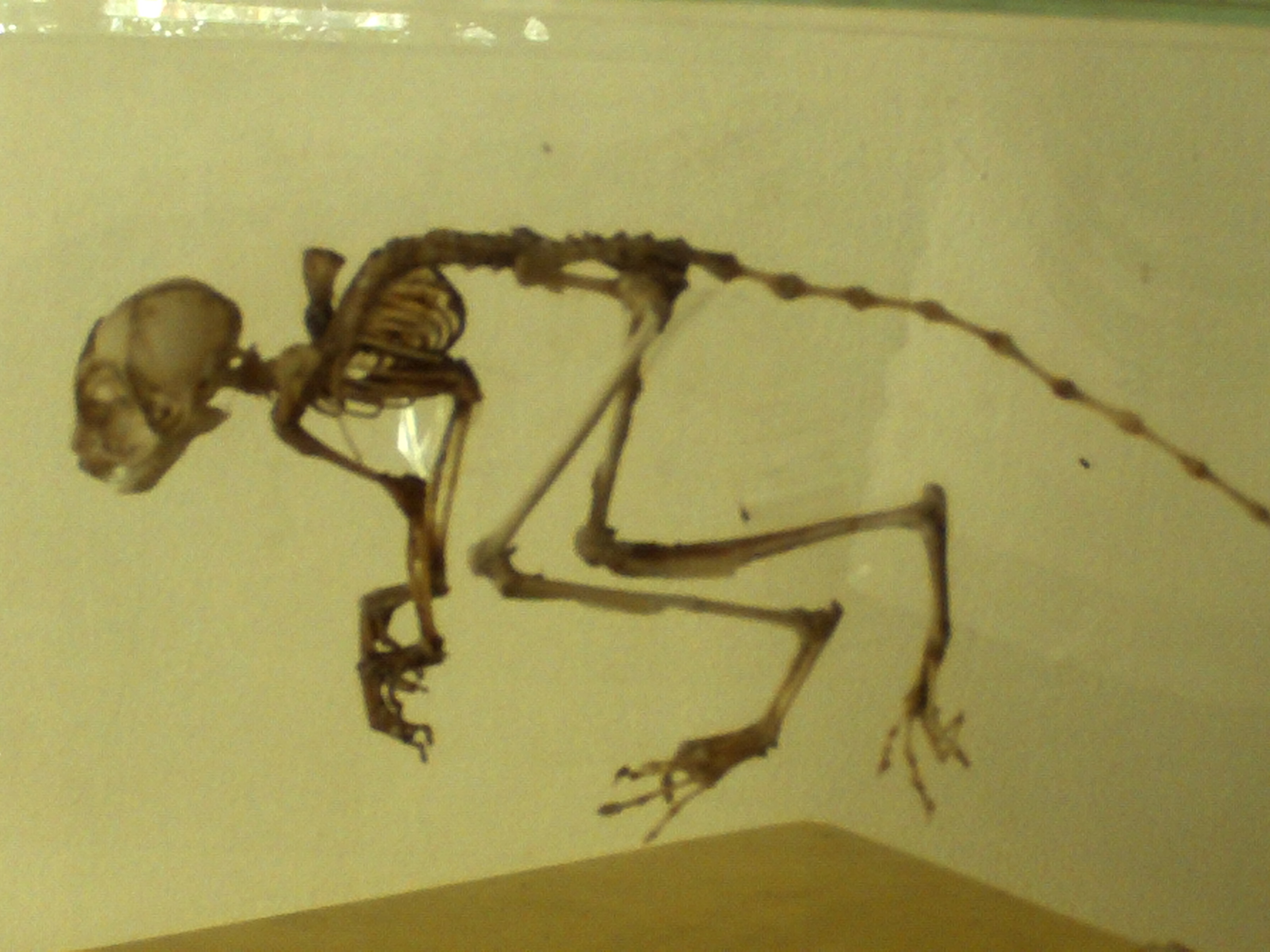

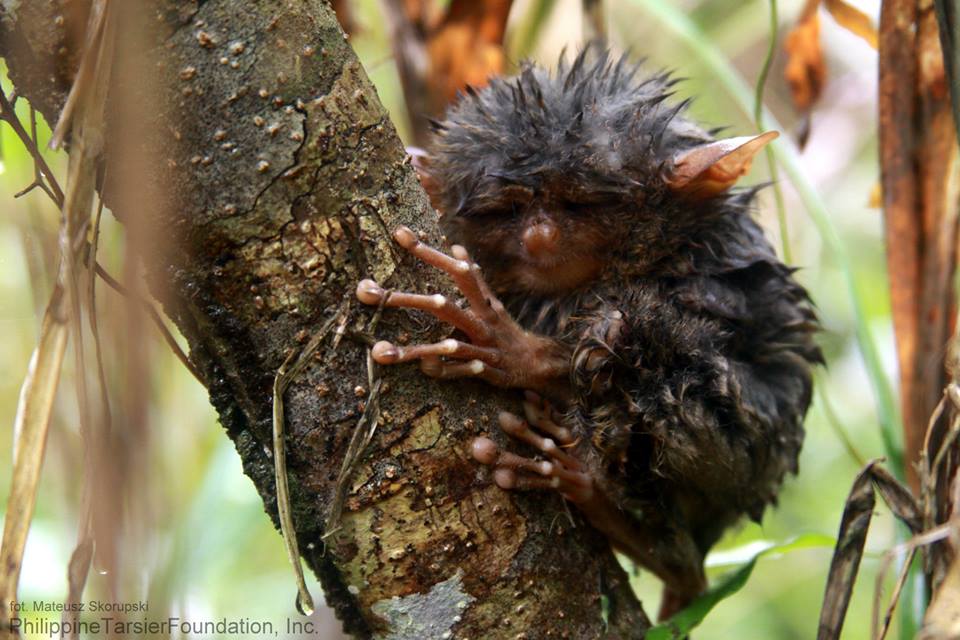


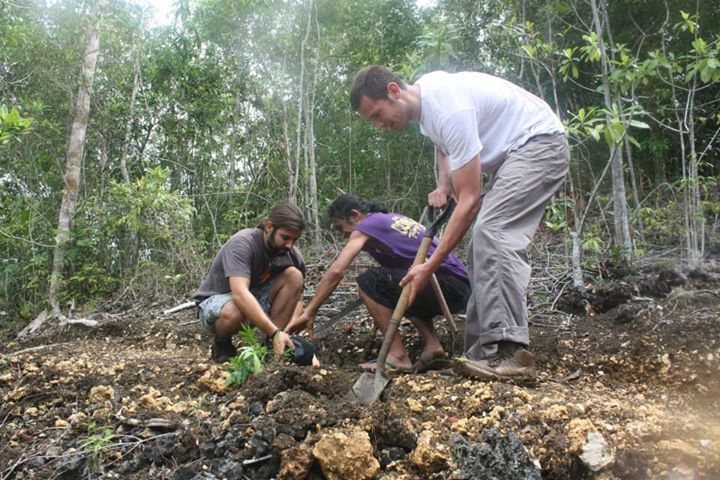
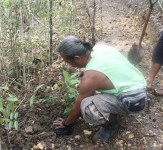
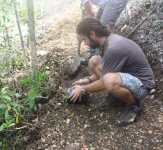
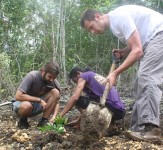
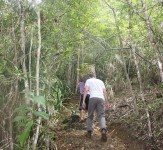
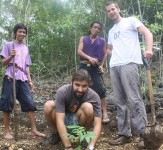
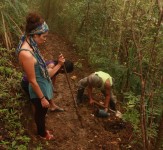
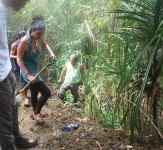
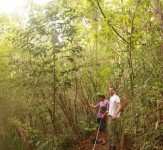
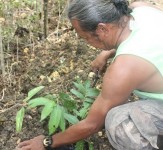
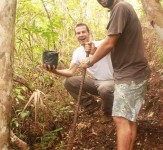
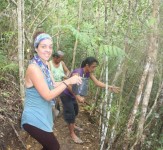

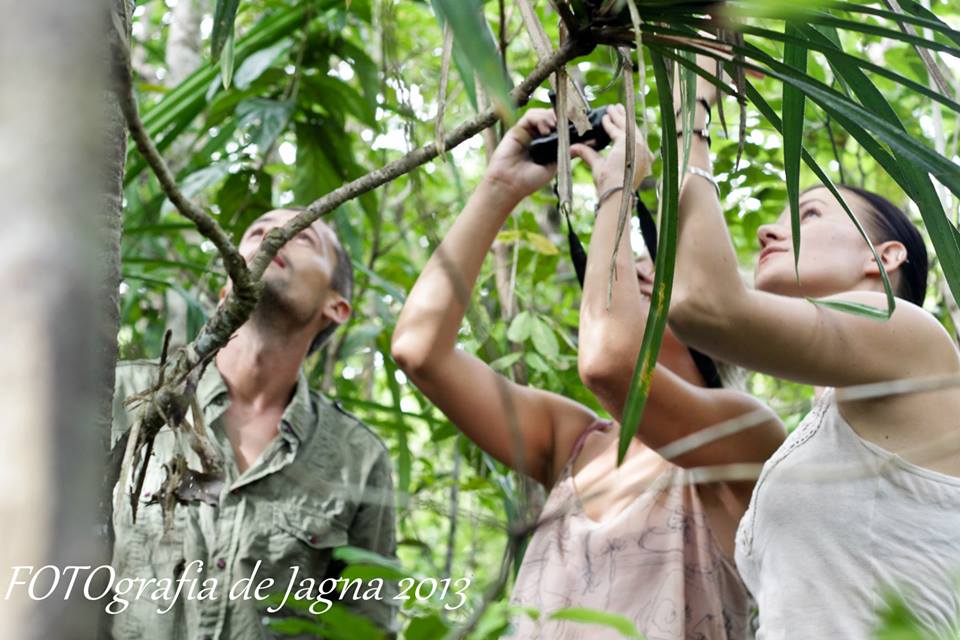

 Just behind the main building of the foundation where all the volunteers stay, there is a sanctuary where our precious tarsiers live. We are in a close touch with jungle and everything which lives there. It basically means that we share our accommodation with all the insects, lizards, snakes and creatures which feel invited to our building ;p
Just behind the main building of the foundation where all the volunteers stay, there is a sanctuary where our precious tarsiers live. We are in a close touch with jungle and everything which lives there. It basically means that we share our accommodation with all the insects, lizards, snakes and creatures which feel invited to our building ;p


